
Employment
Network
Guide To
Marketing
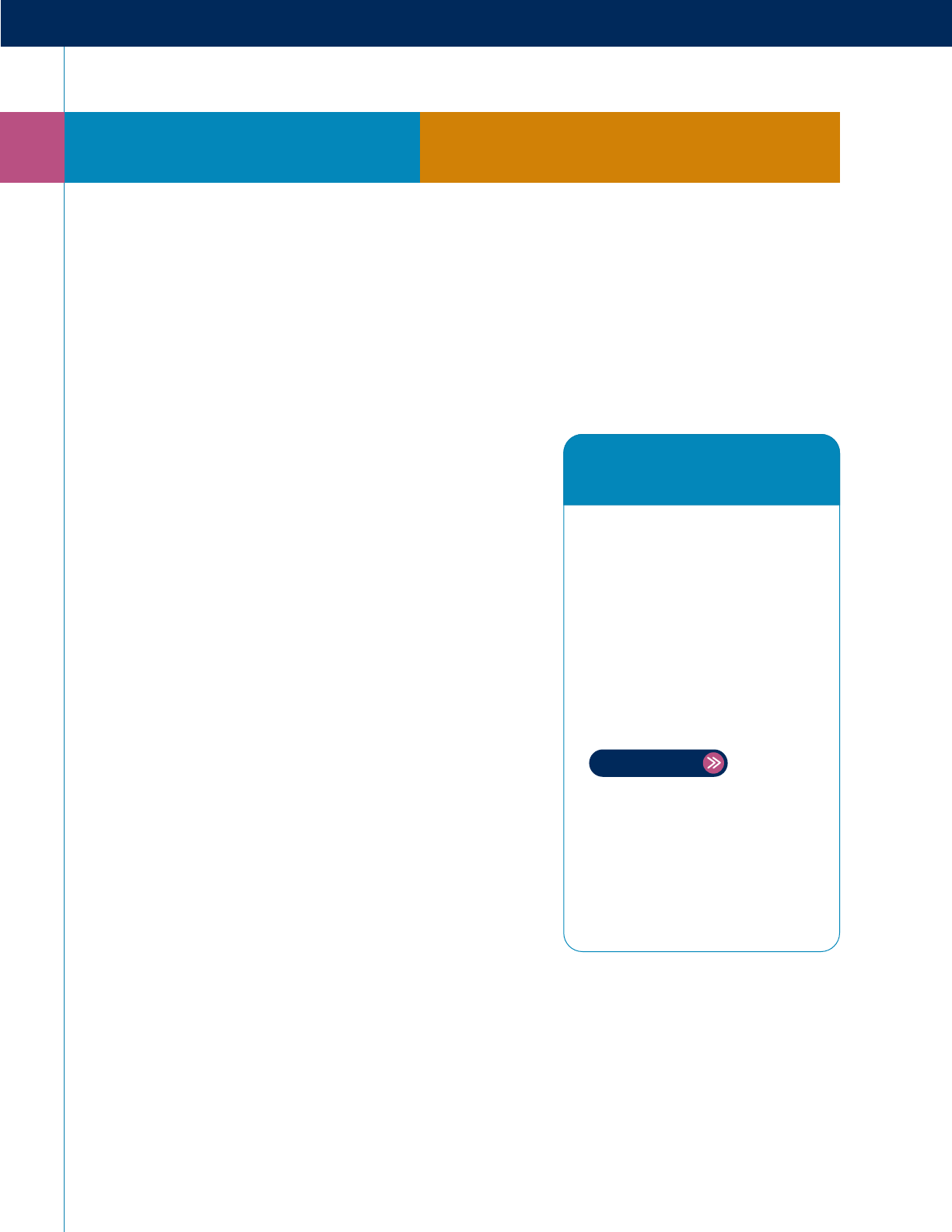
EN GUIDE TO MARKETING CONTENTS
CONTENTS
Introduction 1
Developing Your Marketing Plan 1
Research 2
Audiences 2
Situational Analysis 3
Planning 4
Mission Statement 4
Branding 5
Value Proposition 5
Objectives 5
Strategy 5
Messaging 6
Budgeting 6
Implementation 7
Website 8
Social Media 9
Email Marketing 10
Events 11
Media and Public Relations 12
Print Collateral 13
Partnerships and Collaboration 14
Evaluation 16
Resources 17
Marketing Tools 17
Marketing Content 18
Ticket Program Marketing Content 18
Learn More 20
LEARN MORE
Learn more using the
Employment Network
Guide to Marketing
Workbook.The Workbook
is an interactive guide for
putting the strategies from
the Employment Network
Marketing Guide into action.
Just click the Instant Access
button for a direct link to the
Employment Network Guide
to Marketing Workbook.
Then download the
Workbook to use anytime!
INSTANT ACCESS
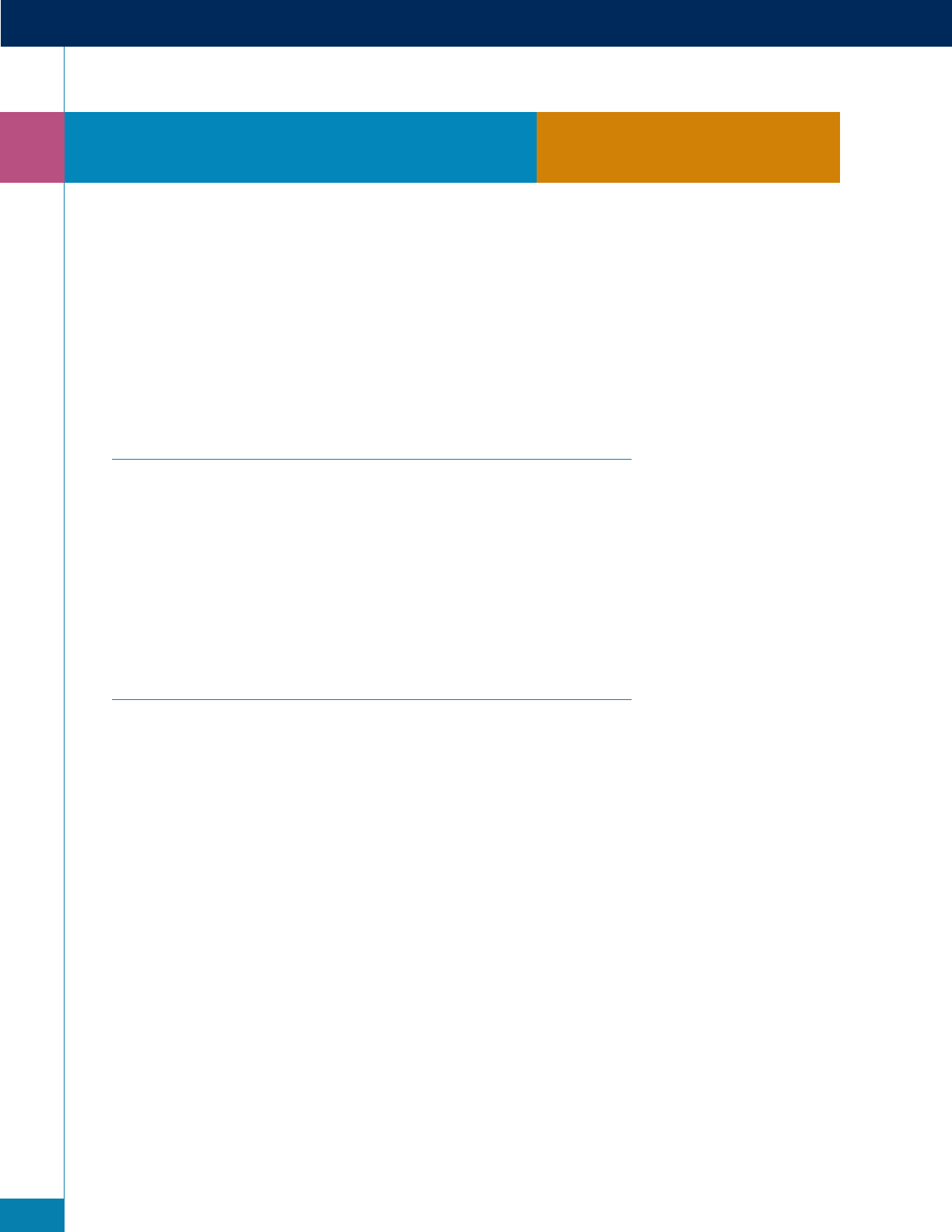
1
EN GUIDE TO MARKETING INTRODUCTION
INTRODUCTION
Many organizations make the business decision to become Employment Networks (EN) to earn
an income or add a new funding source in an area they are experienced in – serving people with
disabilities to become financially self-sufficient through employment. Under the Ticket to Work
(Ticket) Program, successful ENs can further their organizational mission, increase services to
individuals with disabilities, and build sustainable, discretionary income.
Like most business efforts, ENs must be prepared to operate and fund the cost of doing business
until they can produce a profit. For ENs, profit comes as result of assisting Ticketholders return to
work or work for the first time. Their successful employment attempts generate payments for the
EN. Therefore, ENs must focus on building and maintaining client relationships over time to build
and sustain income.
To be financially and programmatically prepared to operate, successful ENs typically create and
follow a detailed business plan that includes marketing as a key focus. Doing this, ENs can:
◾
Identify and engage efficiently with the right beneficiaries (sometimes called “Ticketholders”
who are a good fit for the program.
◾
Identify and offer services that will support and engage these Ticketholders to be successful
over the long term.
◾
Build and maintain productive relationships with their Ticketholders and other stakeholders
to support mutual outcomes, respect and understanding.
This guide builds upon the Ticket Program EN Foundations Learning Modules related to marketing.
It uses a traditional public relations framework for developing a marketing plan and shares dozens
of practical strategies and best practices that ENs can use to market their services to a variety of
stakeholders.
Assuming most ENs have an established mission and have determined that they can be successful
with the Ticket Program, the document offers suggestions that all ENs can use to revisit, refine, or
enhance their mission and existing marketing operations.
A companion workbook accompanies this guide to help ENs use and adapt the marketing strategies
for their specific EN. The workbook includes templates and worksheets for developing specific
tactical plans. This guide also includes links to the workbook resources.
Developing Your Marketing Plan
The following information will take you step-by-step through the components of a marketing plan,
which includes Research, Planning, Implementation, and Evaluation. We hope you will find this guide
helpful, whether you are looking to develop a comprehensive plan for your EN or just looking for
new ideas and tactics to supplement your existing marketing operations.
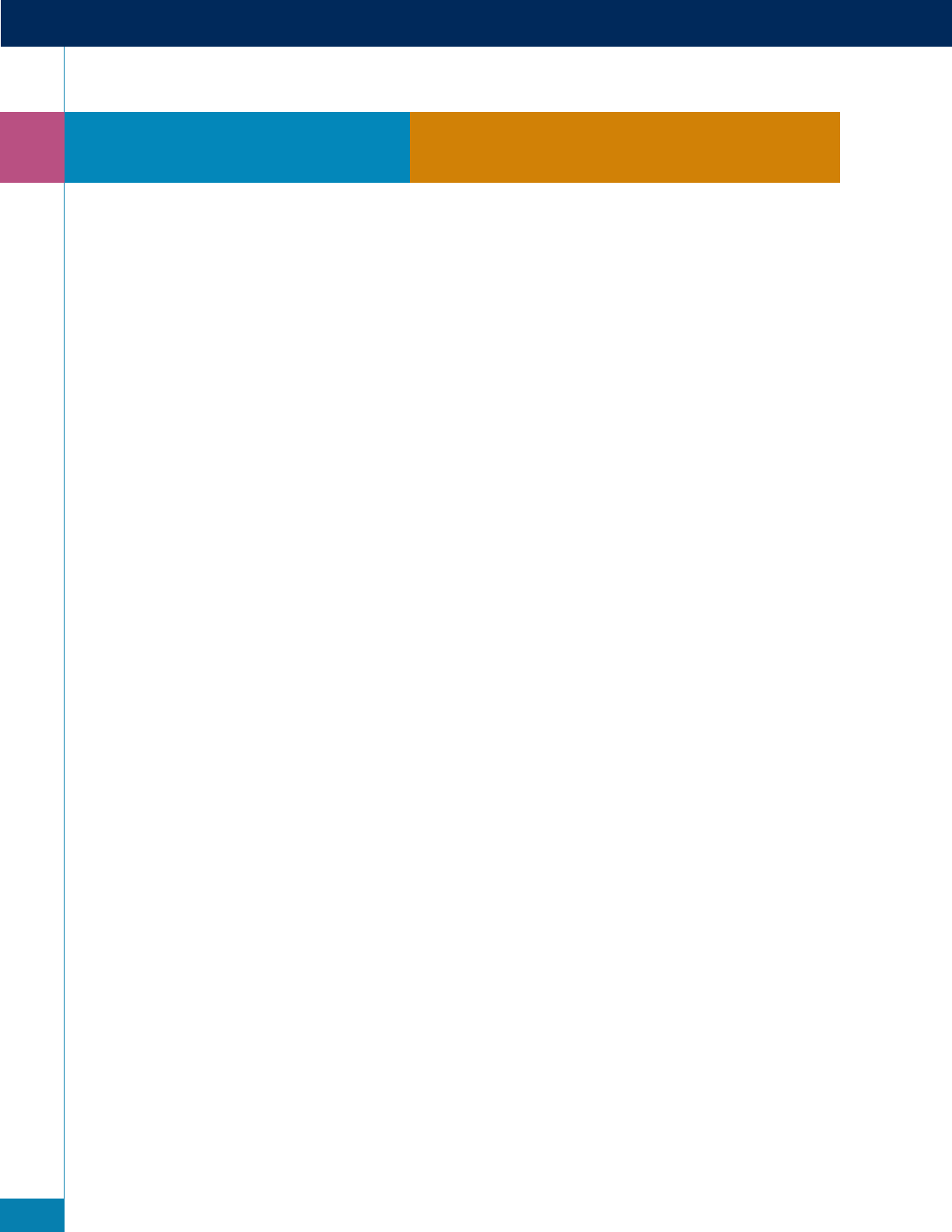
EN GUIDE TO MARKETING RESEARCH
2
RESEARCH
Research involves gathering information about your EN’s environment. Whether local or national,
to be effective, you need to understand the need for your services, the audiences you seek to
reach and the opportunities or barriers that will influence your success.
Audiences
IDENTIFICATION
Audience identification means deciding which people or organizations are important to your success.
Identifying them is essential to knowing how to structure your organization and how to target your
messaging. Ask these questions:
◾
Who are you trying to reach?
◾
Who can help you reach your primary audience?
◾
Who will help you accomplish your goals?
◾
Who can help you communicate about your EN?
◾
Who can you collaborate with to serve your clients?
◾
Who can you learn from or educate to help you improve your services?
SEGMENTATION
You may want to distinguish certain populations or types of organizations. For example, is there a
particular demographic or characteristic that you want to focus on, e.g., youth in transition, veterans,
specific disability types, languages, etc.? Do you want to focus on partnering with State Vocational
Rehabilitation Agencies (VR), Workforce system entities, or other disability related organizations who
also serve Ticketholders?
PRIORITIZATION
Define your primary and secondary target audiences. Where do you want to focus your attention? Is it
beneficiaries, influencers (family members, teachers, physicians, etc.), individuals with previous work
experience, related organizations, etc.?
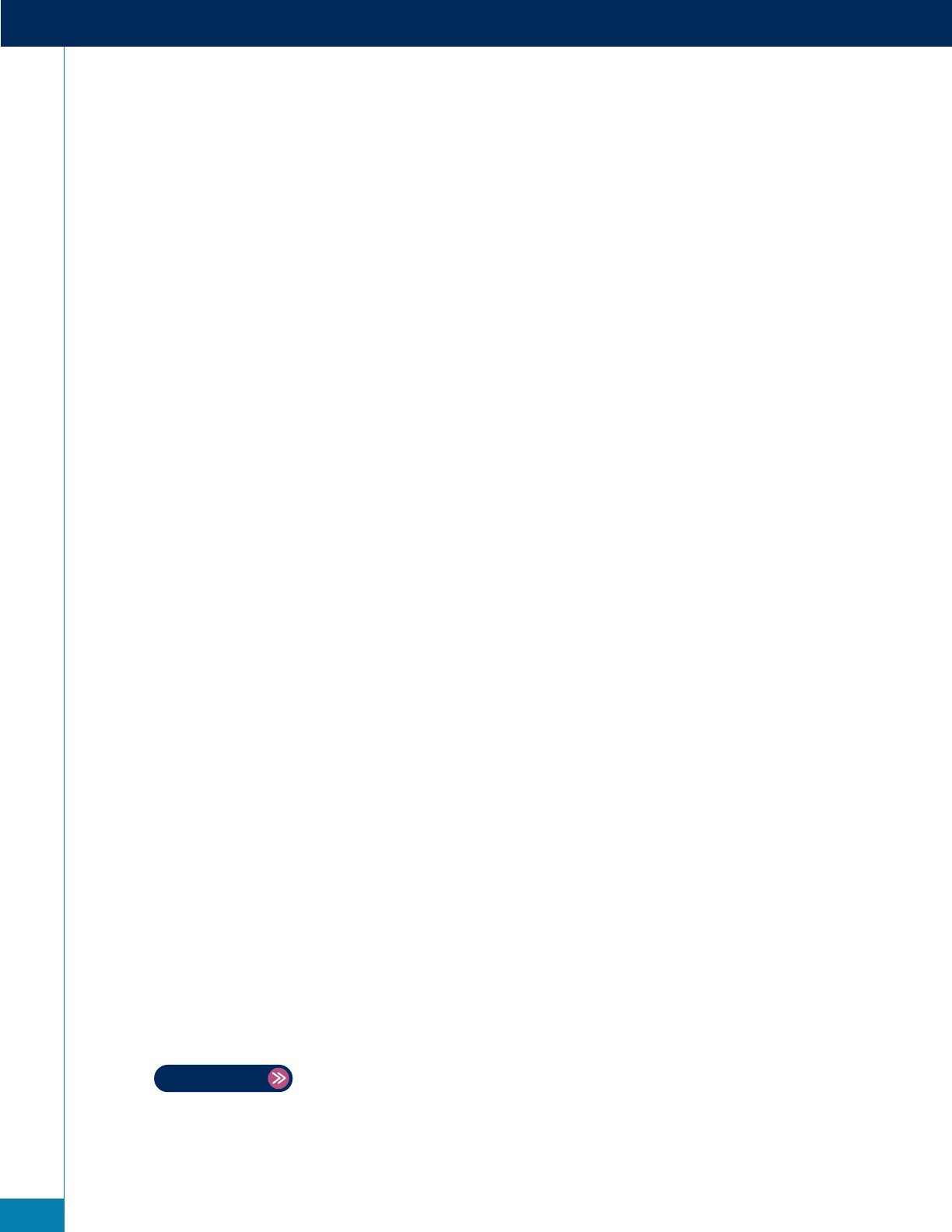
EN GUIDE TO MARKETING RESEARCH
3
Situational Analysis
Situational analysis is the process of collecting, evaluating, and organizing information about an
organization’s internal and external environments. Conducting a situational analysis allows you to
examine your environment to determine the prospects for your organization. It helps to assess your
EN’s internal strengths and weaknesses, as well as external opportunities and threats that may impact
your marketing strategies. You can also look at your EN’s priorities and goals.
OPPORTUNITIES
To assess your organization’s strengths and opportunities, consider the following:
◾
What is the perceived need for your services?
◾
Are there similarly situated organizations to collaborate with?
◾
Do you know your State VR Agency or Work Incentives Planning and Assistance(WIPA)
organization?
◾
Is there a business that is actively hiring?
◾
Do you already have a positive reputation in the community?
◾
Does your team have expertise in areas such as work incentives, assistive technology, or
disability types?
◾
Which local employers, if any, have a history of recruiting, hiring, retaining and promoting
people with disabilities?
◾
Do you have any existing relationships with community-based organizations?
OBSTACLES
Your EN should also understand if there are obstacles to your success. For example,
◾
Is the job market weak?
◾
Are you a new organization in the community?
◾
Are potential clients worried about losing their benefits?
◾
Do you have staff available to plan and conduct marketing activities?
◾
Do you have a marketing budget?
◾
Are there new regulations, technologies, or workplace trends to consider?
POSSIBILITIES
Your EN can also examine what you aspire to and what is possible. For example:
◾
What do you care deeply about?
◾
What can you be best at in your situation?
◾
How will you know if you are succeeding?
Through research, you can determine whether your mission is viable and shape realistic marketing
goals and targeted plans.
Download the Employment Network
Guide to Marketing Workbook to Learn More!
INSTANT ACCESS
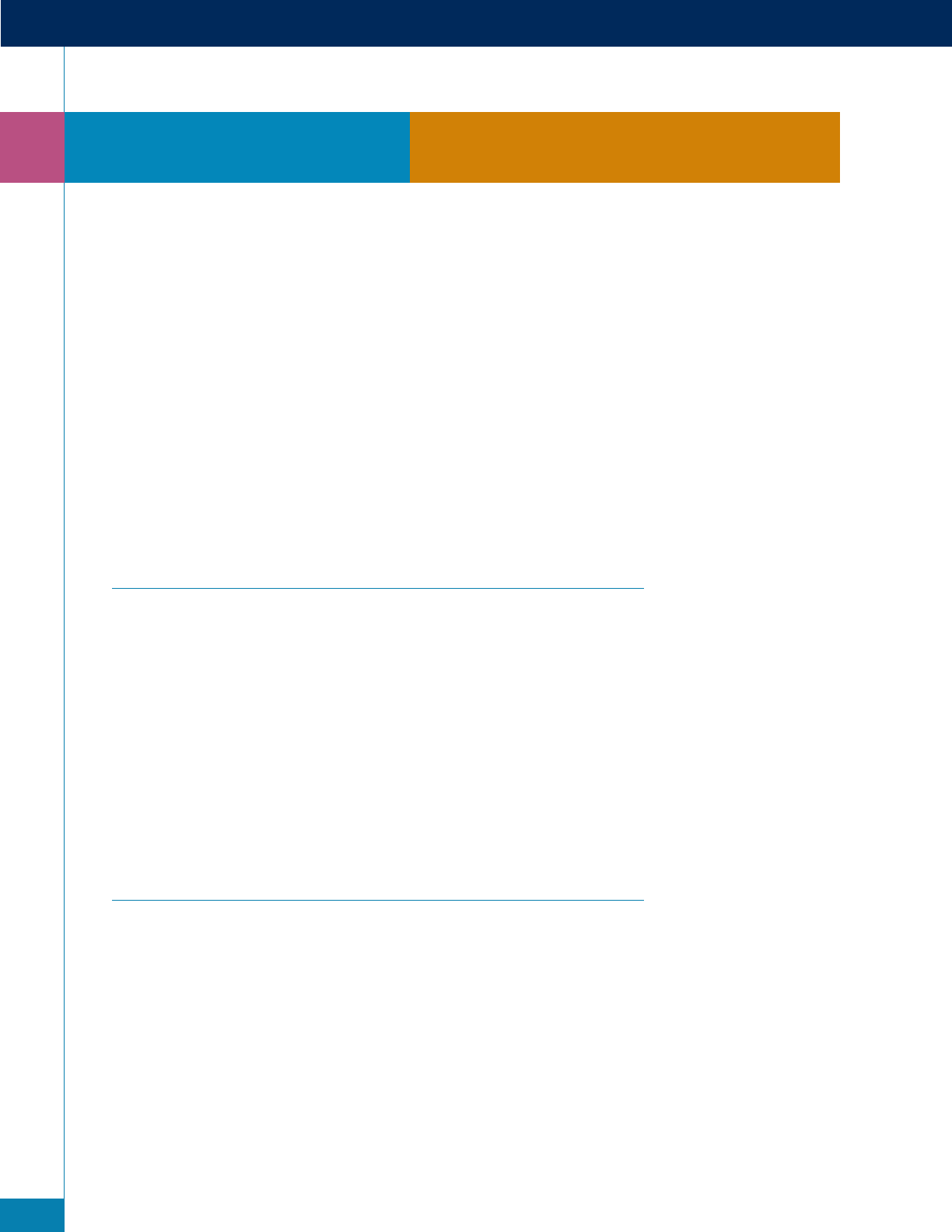
EN GUIDE TO MARKETING PLANNING
4
PLANNING
Now that you understand your audiences, strengths, weaknesses, opportunities, and barriers, you
can account for these factors. As an EN, your mission is the ‘why’ behind your organization and the
driving force behind your work.
Mission Statement
Your mission statement should be meaningful to your team members and the individuals you serve.
It should communicate your purpose to your key audiences and the public. Your mission statement is
the cornerstone that defines your organization’s identity, values, and decision-making.
Your mission statement should clearly state what you want to accomplish and why, and your
marketing plan should sync with your overall mission. Some tips for developing a mission statement
include:
◾
Align your statement with your values and culture to reflect what motivates your work.
◾
Include one or two sentences that capture the essence of what you do.
◾
Keep language simple, brief, inspirational, and meaningful.
Following are some examples of mission statements:
ABC EN matches people with disabilities to real jobs, then provides the support and services needed
to ensure success for both the employee and employer.
Our mission is to improve the earnings potential of those in the Ticket to Work Program through
employment initiatives that lead to economic growth and an improved quality of life.
Our Employment Network practices and promotes innovative services to advance employment
opportunities, personal choices, and financial independence of individuals with disabilities.
We offer and promote programs to empower people with disabilities to achieve employment and
independent lifestyles within the community.

EN GUIDE TO MARKETING PLANNING
5
Branding
A strong mission statement sets the stage for developing your brand identity. Your brand identity is a
set of visual and verbal elements that communicate your EN’s unique personality, values, and purpose.
The visible elements of a brand include color, design, logos, or icons that you use consistently to
distinguish your brand.
Building a positive, cohesive brand image relies on the research you used to develop your mission, i.e.,
your organization’s purpose, goals, audiences, and messaging.
Value Proposition
Your value proposition captures the specific services and supports your EN offers. It should
differentiate your organization from others and explain why your key audiences should choose to
work with you. Perhaps you offer specialized expertise, for example:
With decades of experience, our organization provides job placement assistance to hundreds of
individuals each year who have hearing, cognitive or visual disabilities.
Feature your value proposition clearly and consistently across marketing materials, outreach efforts,
and platforms like your website and social media to build awareness of your EN and what you do.
The thought that you put into developing your mission statement, branding and value proposition
now leads to the more detailed aspects of planning. In other words, document what you want to
accomplish and how.
Objectives
Establishing objectives is fundamental to any effort and is essential to measuring results. You can
consider both aspirational and practical objectives.
Be as specific as possible. Include measurable targets e.g., number of new assignments or
relationships, or specific organizations to work with. Put a time limit in which you want to meet
the objective(s) or set intermediate milestones. Setting clear objectives will help when you need to
evaluate your plan’s success.
For example:
◾
Increase Ticket assignments by 15% annually.
◾
Develop at least one new partner relationship every six months to increase referrals.
◾
Create relationships with at least two new employers annually to place Ticketholders
into jobs.
Strategy
After you’ve set objectives, your strategy will describe how you intend to meet them. Keep in mind who
you’ve determined will be your primary audience and determine how to engage them.
For example:
◾
Network with other organizations to gain referrals.
◾
Advertise in select media (social or traditional).
◾
Participate in functions attended by your target audience.

EN GUIDE TO MARKETING PLANNING
6
Messaging
What do you want your audience to learn? Messages are most effective when they are about your
audience, rather than promotion for your organization. What is in it for them? What do they want?
Some examples may include:
◾
Support to achieve financial independence.
◾
Help to find a job.
◾
Information about training or education.
◾
Help with a career change.
◾
Ability to try working without immediately losing benefits, i.e., safety nets.
Messaging should also address what you want them to do, how they can start and how they can
reach you.
Budgeting
An important component of planning is to determine what amount of funding is available to support
your EN’s marketing efforts. Once you have decided what implementation activities you want to
undertake, you will need to reconcile their costs with your available funds. Price not only the cost of
the individual strategy (e.g., advertising, print material, conference attendance, social media, event
hosting, travel, etc.), but also determine who will conduct the activity to account for the cost of staff
labor. Include a 5-10% contingency fund for unexpected costs. Ensure that you have a plan for how
you will track expenses.
Download the Employment Network
Guide to Marketing Workbook to Learn More!
INSTANT ACCESS
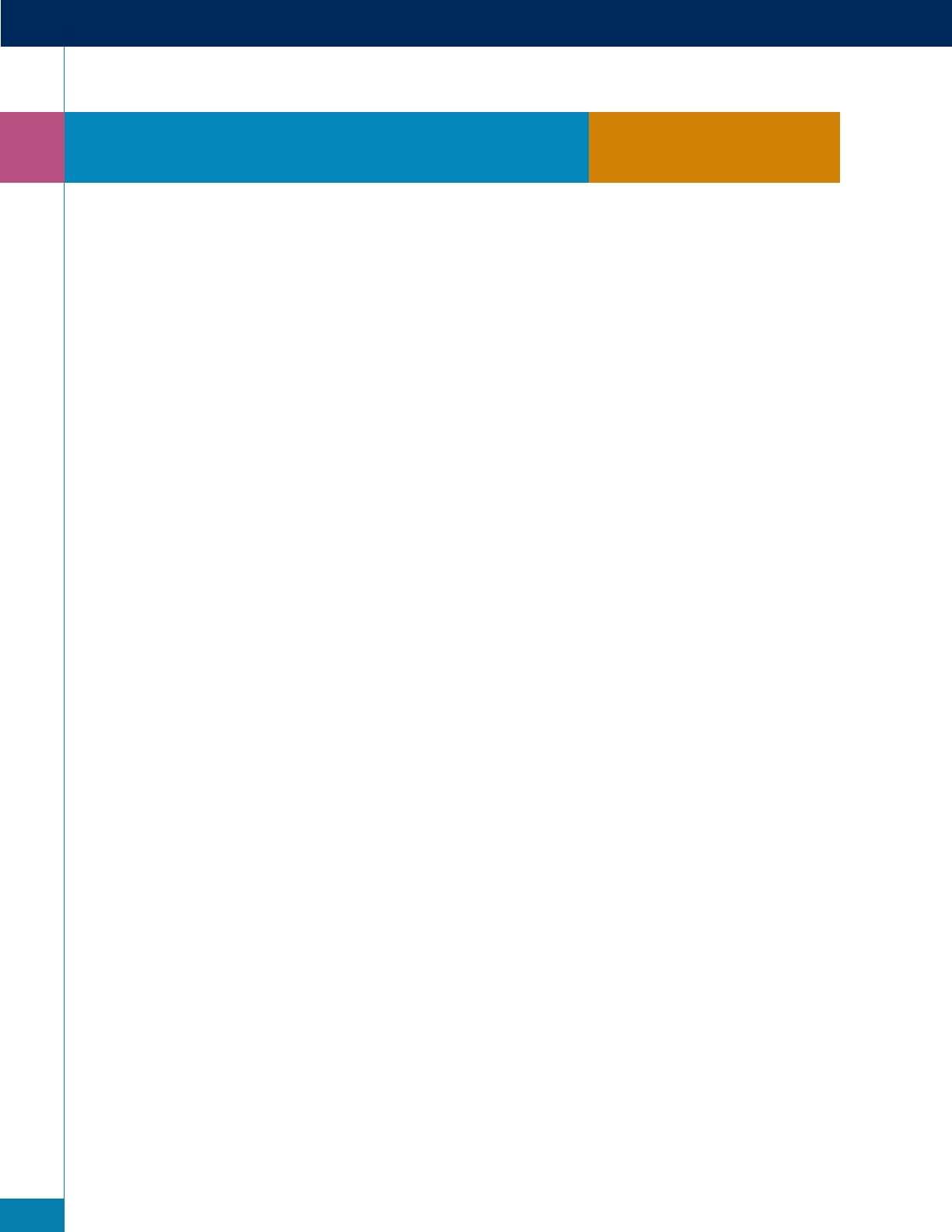
EN GUIDE TO MARKETING IMPLEMENTATION
7
IMPLEMENTATION
Marketing plans consist of both marketing channels and specific tactics.
CHANNELS
Channels refer to the broad categories of marketing activities such as your website, social media,
events, etc. These are part of your strategy — the main avenues you use to promote your services and
engage audiences.
The channels that are covered in this Guide are:
◾
Website
◾
Social Media
◾
Email Marketing
◾
Events
◾
Media and Public Relations
◾
Print Collateral
◾
Partnerships and Collaboration
TACTICS
Tactics are concrete, actionable steps you can implement within each channel. For example, you may
want to blog weekly, send email messages monthly or host webinars quarterly. Tactics help execute
the overall strategy.
The following sections provide examples of channels and tactics and illustrate how you can integrate
Ticket Program tools and resources into your marketing plan.

EN GUIDE TO MARKETING IMPLEMENTATION
8
Website
Under the Ticket Program Agreement (Part III, Section 1.A.4), every EN must have a website or
webpage dedicated specifically to Ticket Program efforts. Your website can be the hub for all your
online activities ─ creating awareness, promoting your services, educating visitors, and prompting
interest in the Ticket Program.
TACTICS
Ϣ
Create a user-friendly and informative website as a center for information about your EN. Include details about your
services, the Ticket Program, success stories, resources, and ways to get involved.
Ϣ
Ensure that your website is visually appealing and easy to navigate.
Ϣ
Regularly update your website with fresh content, such as blog posts, news about your EN, success stories, and
relevant resources.
Ϣ
Optimize your website for search engines to increase its visibility and attract traffic. Ensure people can discover your
online content when they enter keywords into search engines (e.g., Google).
Ϣ
Create dedicated pages explaining Ticket Program services, eligibility, and processes. Use sample language, graphics,
and links to informational fact sheets provided by the Ticket Program.
Ϣ
Share inspiring client success stories. Profile diverse individuals overcoming challenges. Post or link to success stories
published by the Ticket Program.
Ϣ
Provide helpful tips and resources for job seekers with disabilities, such as resume writing tips, interview advice, and
job search websites.
Ϣ
Regularly update stories, event listings, and statistics to engage repeat visitors.
Ϣ
Blog about relevant topics such as new assistive technologies or workplace accommodations. Post or link to blog
content regularly published by the Ticket Program.
Ϣ
Offer free downloadable resources.
BEST PRACTICES
Ϣ
Ensure your website consistently reflects your established brand identity.
Ϣ
Ensure all content is accessible to individuals with disabilities per the information and communication technology
requirements covered by Section 508 of the Rehabilitation Act.
Ϣ
Prioritize fresh content.
Ϣ
Use person-first language that emphasizes the person before the disability, for example “person who is blind” or
“people with spinal cord injuries.”
Ϣ
Emphasize your organization’s commitment to providing personalized support tailored to the individual’s needs
and goals.
Ϣ
Use inclusive images and language that represent the diversity of the disability community.
Ϣ
Use Search Engine Optimization (SEO) to increase visibility and lead capture. Organic search (also known as googling)
is the top method by which people find and access online content. Using SEO practices will help you publish digital
content that can be more easily found and chosen by the public. Below are three example resources that increase
SEO understanding:
◾
Google SEO Starter Guide
◾
Microsoft’s SEO Checklist for Entrepreneurs
◾
HubSpot’s Ultimate Guide to SEO

EN GUIDE TO MARKETING IMPLEMENTATION
9
Social Media
Social media platforms enable users to build social networks and share information. Social media
marketing uses these platforms to promote a product, service, or behavior. ENs can use social media
to build and promote their brand, reach target audiences, and drive traffic to their websites.
TACTICS
Use popular social media platforms to distribute information about your EN’s mission, services, and impact. Each of the
following platforms have unique features and audiences, allowing you to tailor your content accordingly.
Ϣ
Facebook: Create a dedicated page for your Employment Network. Share job opportunities, success stories,
educational content, and promote events. Use Facebook ads and engage with beneficiaries and partners through
comments and messages.
Ϣ
LinkedIn: Establish a professional presence on LinkedIn by creating a company page and joining relevant groups.
Share informative content, articles, and posts about the Ticket Program, employment opportunities, and success
stories. Connect with potential partners and professionals in the field.
Ϣ
Instagram: Highlight visually appealing content, including images, quotes, and success stories. Use hashtags and
stories. Share behind-the-scenes glimpses of your EN’s work and highlight the impact you make in the lives of
beneficiaries.
Ϣ
YouTube: Create and share videos that showcase success stories, informational content, job tips, and other valuable
resources. Use video ads and optimize your video titles and descriptions with relevant keywords for better visibility.
Engage with the YouTube community through comments and collaboration opportunities.
BEST PRACTICES
Ϣ
Designate a social media manager to maintain consistent activity and messaging.
Ϣ
Leverage the Ticket Program Service Provider Outreach Toolkit for content ideas.
Ϣ
Tag the Ticket Program in your posts.
Ϣ
Use sample posts created by the Ticket Program and share and/or repost social media provided by the Ticket
Program from the Choose Work social media accounts:
◾
Facebook: facebook.com/choosework
◾
X (formerly Twitter): twitter.com/chooseworkssa
Ϣ
Tailor content and engagement approach to each platform’s audience and strengths.
Ϣ
Ensure all content is accessible to individuals with disabilities per the information and communication technology
requirements covered by Section 508 of the Rehabilitation Act.
Ϣ
Ensure your social media activities consistently reflect your established brand image and identity.
Ϣ
Respond timely to inquiries and comments to foster engagement.
Ϣ
Use social media analytics to review engagement data and refine strategy.
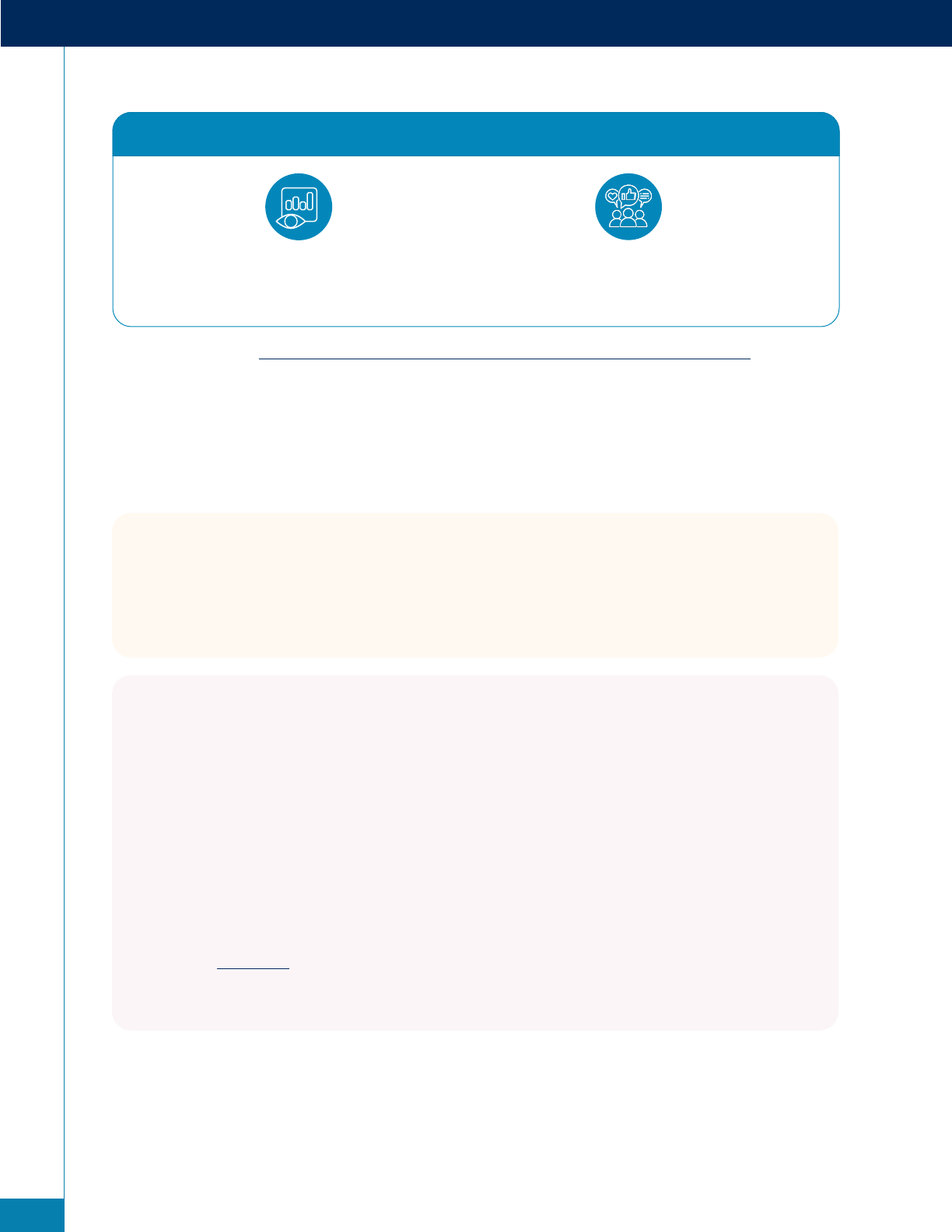
EN GUIDE TO MARKETING IMPLEMENTATION
10
IMPRESSIONS
The Number of Times Your
Content Was Displayed
SOCIAL MEDIA TERMS
ENGAGEMENT
The Number of Interactions Your
Content Received from Users
Source and more information: Engagement vs. Reach vs. Impressions: Understanding Social Media Analytics – Tagger (taggermedia.com)
Email Marketing
Email marketing enables ENs to deliver and promote personalized content directly to key audiences,
including potential beneficiaries, past clients, partners, and employers. Segmented email campaigns
help target and nurture relationships with key audiences.
TACTICS
Ϣ
Send e-newsletters to recap and promote new programs, upcoming events, career tips and client success stories.
Include links to relevant and fresh content that lives on your website.
Ϣ
Segment your contact list based on criteria, like eligibility, prior interest, and location to target email campaigns.
Ϣ
Share resources and tips like interview preparation, workplace etiquette, and motivational stories to nurture leads.
BEST PRACTICES
Ϣ
Ensure messages consistently reflect your brand identity, including graphics, colors, fonts, and layout.
Ϣ
Adapt tone and messaging appropriately for each audience segment.
Ϣ
Provide relevant content to your audience that includes ways to get involved with your EN.
Ϣ
Include “calls to action”. These are words or phrases that invite the audience to perform a specific action such as
click on a link or sign up to receive more information. Some examples of calls to action:
◾
Don’t miss important updates! Sign up here (insert link) to get our monthly E-newsletter.
◾
If you’re applying for jobs, be sure to join our next “Tips for Effective Resume Writing” class! Register here
(insert link) to secure your spot.
◾
Are you ready to seek work? Contact us at (insert link).
Ϣ
Evaluate email metrics continuously to gauge interest, engagement, and tailor future content.
Ϣ
Use and promote resources and content offered by the Ticket Program: Work Incentives Seminar Events (WISE),
Beneficiary Success Stories, Fact Sheets, Blogs, etc.

EN GUIDE TO MARKETING IMPLEMENTATION
11
Events
By hosting or co-hosting events, your EN can promote your services, establish your credibility as an
expert on certain topics, attract more leads, build relationships, and educate targeted audiences.
Co-hosting events with partners and organizations with common interests can help offset costs.
Events can bring together key audiences such as beneficiaries, disability partners and employers for
learning and collaboration.
TACTICS
Ϣ
Implement and host online webinars on relevant topics to provide education and practical tips related to disability
employment.
Ϣ
Organize in-person events such as workshops, seminars, and community events to strengthen community ties and
provide resources to beneficiaries and employers.
Ϣ
Promote community building by hosting and providing space for peer support groups or advocacy organizations.
Bring together individuals facing similar challenges to share experiences and foster a sense of belonging.
Ϣ
Combine your expertise with multiple stakeholders to plan and implement an event.
EXAMPLES:
◾
Host career fairs and interview workshops with disability-friendly employers.
◾
Offer resume writing and interview skills workshops.
◾
Partner with disability-related organizations to co-host career development webinars.
◾
Host EN open houses with informational sessions and motivational speakers.
◾
Coordinate inclusive holiday community celebrations.
◾
Conduct events or speak at youth/transition conferences helping students prepare for employment.
◾
Organize volunteer days highlighting beneficiaries’ abilities.
BEST PRACTICES
Ϣ
Ensure venues, both physical and virtual, are fully accessible for all attendees.
Ϣ
Ensure all participants feel welcome by promoting a diverse and inclusive environment.
Ϣ
Promote events through your own and partner websites, email, social media, and other advertising.
Ϣ
Ensure your event materials and messaging are accessible and consistently reflect your established brand image
and identity.
Ϣ
Use promotional giveaways to capture contact information for participants.
Ϣ
Collect and evaluate feedback from participants to improve future events.
Ϣ
Follow up with attendees who request additional information or support during the event.
Ϣ
Send a personalized thank you to those who contributed to the event such as speakers, moderators, coordinators,
promoters, and volunteers.

EN GUIDE TO MARKETING IMPLEMENTATION
12
Media and Public Relations
Media relations and public relations are two distinct things, but both are important for building
awareness, credibility, and a positive reputation for your EN. Public relations can encompass many
strategies, including media relations, to tell your story and build a positive image with your key
audiences and the public. Media relations focus specifically on delivering news and current events
through journalists for radio stations, television channels, online news outlets, and newspapers.
TACTICS
Ϣ
Media: Build relationships with local media outlets and journalists who cover topics related to disability employment
or vocational rehabilitation. Offer and secure interviews or provide press releases to highlight significant
achievements, events, or initiatives.
Ϣ
Public Speaking: Seek opportunities to speak at conferences, seminars, or community events related to disability
employment. Share insights, success stories, and expertise in the field to position yourself and your EN as industry
leaders.
Ϣ
Press Releases: Issue press releases to announce significant achievements, events, partnerships, or new initiatives.
Distribute them to relevant media outlets, industry publications, and your network. Craft press releases that are
concise, informative, and engaging. Include quotes, statistics, and relevant details to capture media attention. Share
press releases on your website, social media channels, and through targeted email campaigns. Consider using online
press release distribution services to reach a wider audience.
Ϣ
Media Kits: Create a media kit to provide journalists, bloggers, and other media outlets with the information they
need to cover your organization or a particular topic. It can help build credibility, increase visibility, and generate
positive media coverage.
COMPONENTS OF A MEDIA KIT:
◾
Overview. A summary of your organization’s mission, brand, value proposition, history, and accomplishments.
◾
Executive Bios. Profiles of key executives or spokespeople within your organization.
◾
Press Releases. Recent press releases that highlight your organization’s news and events.
◾
Fact Sheets. Detailed information about your organization’s services, programs, or products.
◾
Success Stories. Examples of how your organization has helped individuals or organizations achieve their goals.
◾
Visuals. High-quality photos and videos that highlight your organization and its services.
◾
Branding Guidelines. Guidelines for using your organization’s logo and branding, including acceptable colors,
fonts, and usage. Example: Ticket Program Brand Guidelines
◾
Contact Information. Contact details for your media relations team or spokesperson.
◾
Consent to release information. Obtain the consent of your beneficiaries prior to sharing their name and/or
information with the media.
◾
FAQs. A list of frequently asked questions about your organization and its services.

EN GUIDE TO MARKETING IMPLEMENTATION
13
BEST PRACTICES
Ϣ
Build relationships and rapport with reporters to gain ready access to relevant news agencies and media outlets.
Ϣ
Proactively and regularly write and distribute press releases announcing new programs, initiatives, events, and how
your services achieve results.
Ϣ
Co-host events with partners or feature stories about how you partner with other agencies or organizations to
extend reach and interest by the press.
Ϣ
Share unique knowledge, resources, and best practices to position your EN leadership and staff as thought leaders in
disability employment.
Ϣ
Ensure your media relations messaging and materials are accessible and consistently reflect your established brand
image and identity.
Print Collateral
Print collateral refers to the use of physically printed materials to reach your key audiences.
This includes tactics such as sending direct mail, advertising in publications, creating signage, or
disseminating printed materials and/or promotional products in a variety of ways.
TACTICS
Ϣ
Printed information: Create fact sheets, brochures, business cards, folders, and post cards to feature information
about your organization, who you are, what you do, who you serve, how you get results, and how others can
contact/engage with you.
Ϣ
Direct Mail: Send targeted mailers, brochures, or flyers directly to individuals through postal mail.
Ϣ
Print Advertising: Place advertisements in newspapers, magazines, or other print publications to reach a
wider audience.
Ϣ
Branded materials: Distribute printed t-shirts, pens, tote bags, or buttons to serve as both promotional items and
reminders of your EN’s services. You can share them at events, mail to beneficiaries or partners, or distribute in your
local community.
EXAMPLES:
◾
Mail branded magnets, stickers, or note pads that include your contact information to current and
potential clients.
◾
Purchase ad space in:
–
Community newspapers announcing upcoming events or career fairs.
–
Professional journals or magazines published for your target audiences.
–
Materials distributed at conferences attended by your target audiences.
◾
Host exhibits/display tables to share materials at conferences attended by your target audiences.
◾
Send eye-catching flyers or brochures introducing your services directly to potential beneficiaries, community
partners, or referring agencies.
◾
Mail flyers to prior event attendees promoting the next workshop.
◾
Use branded items like pens, notepads, t-shirts, and tote bags for prizes at community events to boost visibility.

EN GUIDE TO MARKETING IMPLEMENTATION
14
BEST PRACTICES
Ϣ
Ensure your printed materials and promotional products consistently reflect your established brand image and identity.
Ϣ
Segment mailing lists and messaging to personalize outreach efforts.
Ϣ
Use paid advertising to increase awareness among target demographics.
Ϣ
Keep messaging brief with a clear call to action.
Ϣ
Drive traffic to your website for more information and to connect with your desired call(s) to action.
Ϣ
Craft compelling headlines and subject lines that motivate engagement.
Ϣ
Ensure promotional items provide value to recipients.
Ϣ
Continuously evaluate your print advertising efforts (costs vs. benefit) to plan for future activities.
Partnership and Collaboration
Forming relationships with Ticket Program stakeholders, related government agencies, and
organizations with similar interests can significantly expand your reach, resources, and impact.
Collaboration allows you to leverage shared audiences, strengths, and capabilities. ENs should
understand what other stakeholders do, their priorities and mutual interests, how they are funded,
and where they each fit in the continuum of disability or employment services. Marketing your
organization successfully with the right partners can expand funding, service options and employment
opportunities, and contribute to initial and ongoing employment success for your clients.
TACTICS
Ϣ
Work with another organization to offer a new service to complement the needs of a Ticketholder, such as benefits
counseling or on-the-job training.
Ϣ
Market your EN services to partners with other funding sources that will support a continuum of services over the
long term for a Ticketholder.
Ϣ
Combine your expertise with a larger entity to meet requirements for a grant proposal or other funding opportunity.
Ϣ
Combine your expertise with multiple stakeholders to plan and implement an event.
SELECTING PARTNERS:
◾
Identify partners that allow you to access new audiences and resources.
◾
Look for alignment in mission, values, and target communities.
◾
Consider ways that collaboration will result in mutual benefit.
◾
Analyze results of collaborative efforts for expanding reach and improving results.
STEPS FOR DEVELOPING COLLABORATION AND PARTNERSHIPS:
◾
Review prospective partnership opportunities in your area.
◾
Research websites to learn how their initiatives may align with yours.
◾
Prioritize 2-3 potential partners for outreach.
◾
Prepare your pitch email or speech explaining mutual benefits for collaboration.
◾
Attend conferences or meetings where stakeholders gather and network.
◾
Schedule meetings to introduce your EN’s goals and discuss mutual benefits.
◾
Brainstorm initial joint activities.
◾
Promote partnership:
–
Co-present at seminars or conferences about the benefits of the collaboration.
–
Create and send press releases about the benefits and results of the partnership.

EN GUIDE TO MARKETING IMPLEMENTATION
15
BEST PRACTICES
Ϣ
State VR Agencies:
◾
Establish relationships with VR leadership, designated Ticket Program staff, and/or individual VR counselors.
◾
Market free EN services to provide ongoing support to Ticketholders working at SGA earnings whose case was
closed by the VR.
◾
Be specific about what your EN will provide, the benefits to VR clients and EN requirements to make regular
contact with Ticketholders for maintaining employment.
Ϣ
Organizations with certified benefits counselors:
◾
In addition to SSA-funded WIPA programs, there are many organizations that have independently certified staff
to provide benefits counseling services. Create a relationship with benefits counselors to refer Ticketholders for
services to ease their fears and ensure that they understand how work impacts their benefits, and how to report
earnings as they progress in employment. Some community organizations, including ENs and State VR agencies,
have arrangements with their local WIPA organizations to provide benefits counseling for Ticketholders.
If Ticketholders have questions about Work Incentives, ENs can refer them to the Ticket to Work Help Line at
1-866-968-7842 or 1-866-833-2967 (TTY), Monday through Friday from 8 a.m. – 8 p.m. ET. If the Ticketholder is
working or has a job offer, the Help Line can refer the Ticketholder directly for WIPA services upon request.
Ϣ
Department of Labor (DOL) Workforce System Entities:
◾
Partner with a local American Job Center (AJC) to refer your Ticketholders for job training, professional
certification, and/or work-based learning opportunities.
◾
Help the public Workforce System serve customers with disabilities by developing a partnership and process to
refer Ticketholders to your EN.
◾
Market your free EN services to provide ongoing support to Ticketholders who are on track to earn at or above
SGA earnings.
◾
Offer specific services that align with DOL grant or contract requirements.
Ϣ
Disability organizations (not ENs) with grants or other funding to place individuals with disabilities in competitive
jobs. (e.g., Ability One contractors, Project Search grantees, supported employment providers)
◾
Market your free EN services to provide ongoing support to Ticketholders who are on track to earn at or above
SGA earnings.
◾
Offer specific services that align with grant or contract requirements and required documentation.
Ϣ
Employers
◾
Offer disability-related consulting/advisement to employers seeking to hire and retain individuals with disabilities.
This can include information about reasonable accommodations, disability etiquette workshops, and solving
workplace issues.
Ϣ
Disability services departments within technical colleges and universities
◾
Market your EN services to provide employment services to graduates with disabilities.
Ϣ
Social Security Field offices and Area Work Incentives Coordinators (AWIC) and Work Incentives Liaisons (WIL)
◾
Market your EN’s services to promote the Ticket Program and return to work culture. Build relationships that will
help Ticketholders gain assistance with resolving benefits issues such as overpayments and knowing how and
when to appropriately report work to SSA as they transition off benefits and progress in employment.

EN GUIDE TO MARKETING EVALUATION
16
EVALUATION
Evaluation is an ongoing effort. As you implement your plan, you may observe one tactic is
producing results while another is languishing.
Did you meet your objectives? You may want to shift your resources around. When your marketing
activity is complete, assess what your efforts achieved. How will you measure success? Was one tactic
spectacularly successful in meeting your objective? Were you able to reach the right audiences with
the allocated budget? What was your return on investment?
Using the examples of objectives shared earlier in this guide, following are ideas to help evaluate
your results:
◾
Increase Ticket assignments by 15% annually.
–
Did you meet the goal? If so, what outreach tactics worked and didn’t work to increase the
Ticket assignments? What outreach efforts attracted Ticketholders that were a good fit for
your EN?
◾
Develop at least one new partner relationship every six months to increase referrals.
–
Were you successful in developing new partners? How did you do it? Were they appropriate
partners for your EN? Did any new partners produce increased referrals?
◾
Create new relationships with at least two employers annually to place Ticketholders
into jobs.
–
Did you gain any employers to do business with? What methods or messaging worked for
cultivating a relationship? Are the types of jobs offered appropriate for your Ticketholders?
Did any employers hire your Ticketholders?
It’s very important to make time on a regular basis to revisit your marketing plan and evaluate what is
and is not successful. Adjust your strategy based on your outcomes and resources.
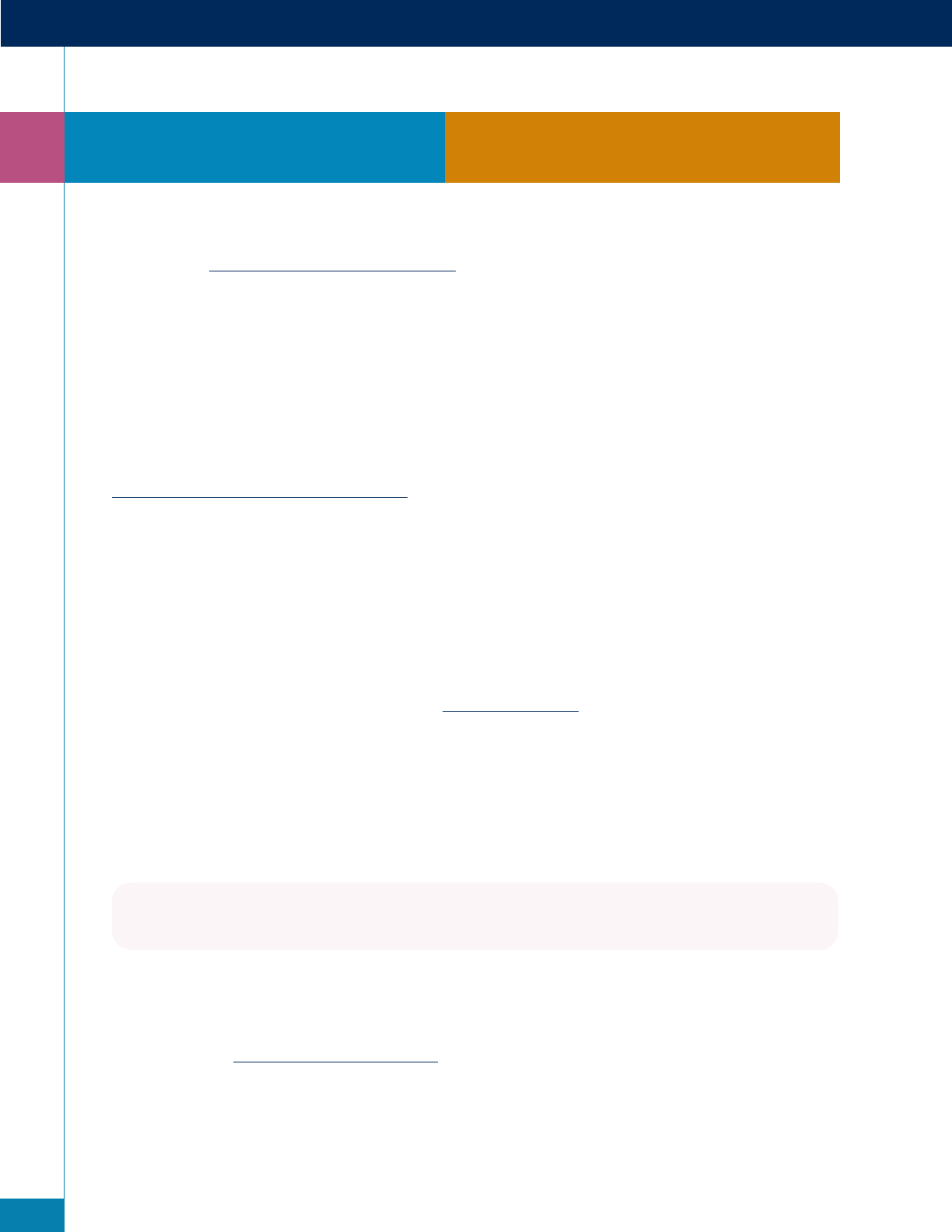
EN GUIDE TO MARKETING RESOURCES
17
RESOURCES
Social Security continuously creates new resources for the Ticket Program to make it easier for ENs
to launch and maintain fresh content for their marketing efforts. Many of the materials, especially
those in the “Service Provider Outreach Toolkit,” were developed with service providers in mind.
ENs can tap into built-in tools, resources, and instant content specifically designed and branded for
promoting and communicating about the Ticket Program. Since Social Security developed these
materials, they are available without copyright or trademark so ENs can and should use these
resources or adapt them to their chosen marketing channels. Examples of how to share and/or adapt
resources are included in the below Marketing Tools and Content sections.
Marketing Tools
FIND HELP TOOL
Find Help - Ticket to Work - Social Security
The Find Help Tool contains a directory of all SSA-approved service providers, including ENs. The Find
Help tool is a search tool to help Ticketholders locate service providers. Users can do a direct search by
ZIP code or a guided search by answering a series of questions. This tool contains a profile for each EN
associated with the Ticket Program. Search results take users to a marketing description written by the
EN and a link to the EN’s profile. The profile contains contact information, a list of the EN’s services and
what the EN reports about its experience and performance.
Does your EN have a description on the Find Help tool to draw in potential Ticketholders? This is a
great opportunity to grab the attention of a Ticketholder searching for services.To add a description
to your EN listing on the Find Help Tool, Email: [email protected] with a description (250 characters
or less) about what your EN offers, what sets it apart from other ENs and how it could benefit potential
Ticketholders.
Be sure to consistently update your contact information, locations, and service offerings to ensure
your information is current and refreshed!
Remember! When you respond to the Annual Performance Outcome Report(APOR), the information
you provide feeds into the Find Help Tool.
BEST PRACTICE
Ϣ
Check the site once per quarter to make sure it is up to date.
MARKETING BUSINESS PROGRAM
Is your EN interested in reaching out to Ticketholders directly? The Marketing Business Program may
allow you to receive a list of beneficiaries in the area(s) you serve. To learn more about the program,
send an email to [email protected] and mention that you would like to learn more about
the criteria required to participate in the Marketing Business Program.

EN GUIDE TO MARKETING RESOURCES
18
Marketing Content
SERVICE PROVIDER OUTREACH TOOLKIT
yourtickettowork.ssa.gov/resources/marketing-materials.html
The link above provides customizable, cost-effective marketing materials for your EN. The resources
are branded and ready to use.
◾
Marketing Tools and Brand Guidelines: Use sample Ticket Program language, graphics,
logos, banners, flyers, and more to demonstrate that you are a part of the official network of
providers. Use this content and be sure to follow the Brand Guidelines to make your website
and other promotional materials consistent with the official program branding and websites:
–
ssa.gov/work
–
choosework.ssa.gov
–
yourtickettowork.ssa.gov
◾
EN Media Resources: Download and adapt our sample news releases to reach out to
local, state, or national news media to promote your EN services! Announce your EN as a
Ticket Program service provider or announce a new program or service expansion. Include
customized information such as a quote or success story.
◾
Success Stories: Share these inspiring stories about real people who found their path to
financial independence with help from Ticket to Work and Work Incentives. Video and print
success stories can be promoted through your website and newsletters, email distribution
lists, social media, or blogs.
Ticket Program Marketing Content
SUCCESS STORIES
Success Stories - Ticket to Work - Social Security
Educate clients and other stakeholders by sharing your client’s inspiring stories! Celebrating client
successes is one of the best ways to promote your work and its impact on people’s lives. Each quarter,
the Ticket Program Manager (TPM) publishes a success story featuring a beneficiary who found their
path to a better future with help from a provider like you. The TPM shares stories about real people
who used the Ticket Program and Work Incentives to find meaningful work, improve their well-being,
and achieve financial stability. Inspire more participation and business development by educating
readers about your organization’s support services and their benefits to your clients. Success stories
are circulated widely through a variety of media channels.
A “successful” beneficiary is someone who was able to find or maintain employment with help from
the services you provided through the Ticket Program. SSA features people who have increased their
earning potential and demonstrated this by eliminating their reliance on SSI and/or SSDI benefits. If
you have any clients that fit this profile, we would like to know about them! Please send your story
ideas to [email protected]. Please note that ENs should send leads, not fully developed
stories. TPM will develop the story after leads have been fully vetted and accepted according to SSA
criteria.
You can promote our video and print success stories through your website and newsletters, email
distribution lists, social media, or blogs.
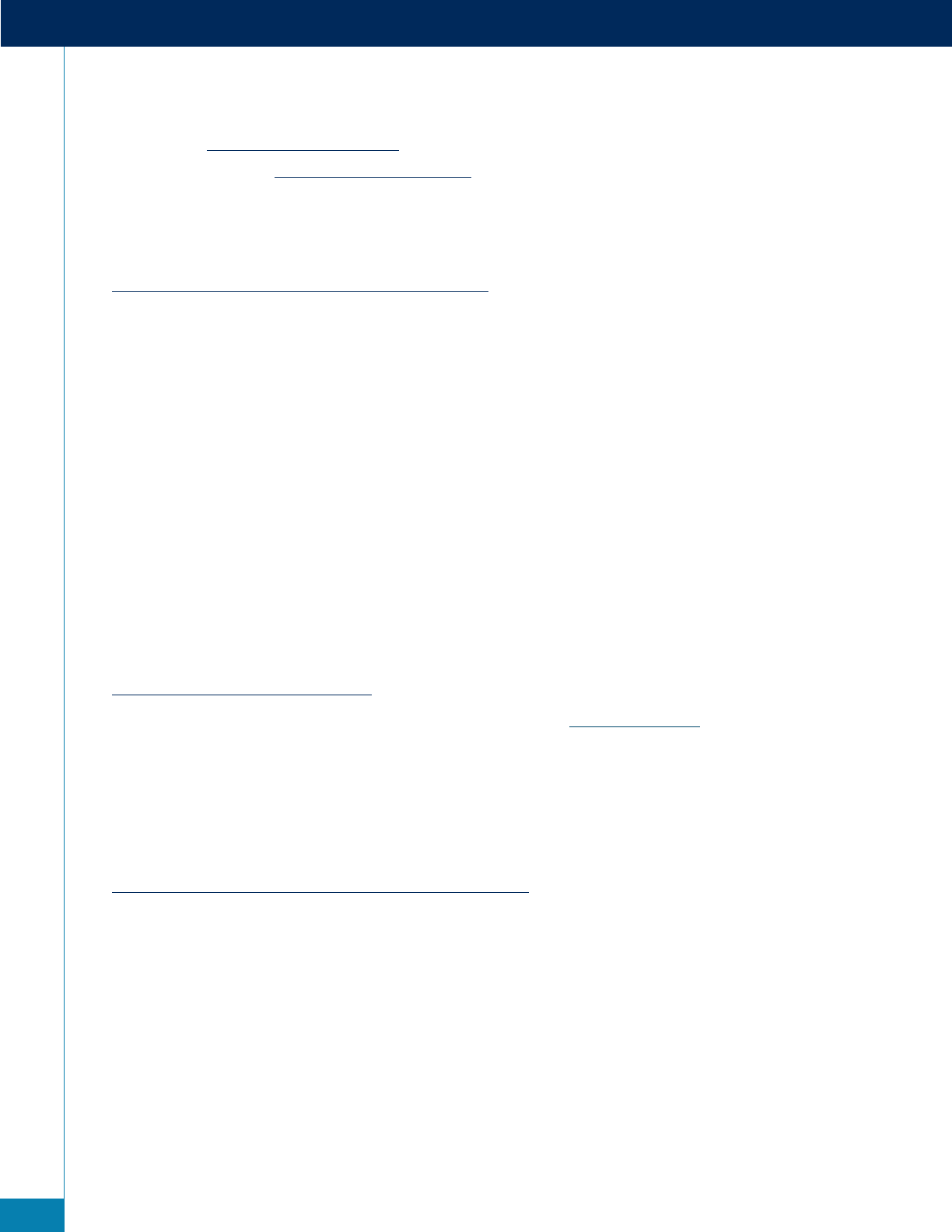
EN GUIDE TO MARKETING RESOURCES
19
SOCIAL MEDIA
◾
Facebook: facebook.com/choosework
◾
X (formerly Twitter): twitter.com/chooseworkssa
Take advantage of sharing and or reposting social media posts provided by the Ticket Program from
the Choose Work social media accounts.
WORK INCENTIVE SEMINAR EVENT (WISE)
Webinars & Tutorials - Ticket to Work - Social Security
WISE webinars provide valuable information on a range of topics related to employment for
individuals with disabilities, including job search strategies, disability disclosure, and accommodations
in the workplace. You can share information about upcoming webinars and provide links to
previously recorded sessions. Regularly update your website, social media, and email newsletters with
information about upcoming WISE webinars and available tutorials. Consider highlighting key topics
that will be covered in the webinar to generate interest.
The Ticket Program strives to ensure WISE webinars are accessible to all participants in a variety
of ways:
◾
Copies of the presentation in an accessible PDF and text-only document are available a few
days before the webinar or participants can access links to the materials during the event.
◾
The webinar platform offers an Accessibility User Guide, including instructions for using
keyboard commands.
◾
Real-time captioning, a toll-free phone number, and instructions to connect to an interpreter
using American Sign Language are available if needed.
CHOOSE WORK BLOG
Blog - Ticket to Work - Social Security
The Ticket Program regularly writes and updates content for theChoose Work Blog with information
about topics such as: disability employment, tips on managing money, Ticket Program Success Stories,
disability protections under the Americans with Disabilities Act (ADA), and understanding the impact
of working on Social Security disability benefits. ENs are encouraged to adapt information from these
blogs to create their own or share these blogs with Ticketholders and key stakeholders. ENs share
Ticket Program blogs through their websites, newsletters, email distribution lists, and social media.
FACT SHEETS AND RESOURCES
Fact Sheets and Resources - Ticket to Work - Social Security
The Ticket Program provides a wealth of practical and useful fact sheets and resources ENs can use to
share with Ticketholders and other key audiences. ENs can easily download and print the information
to share or feature on their EN website, social media posts, blogs, and presentations.
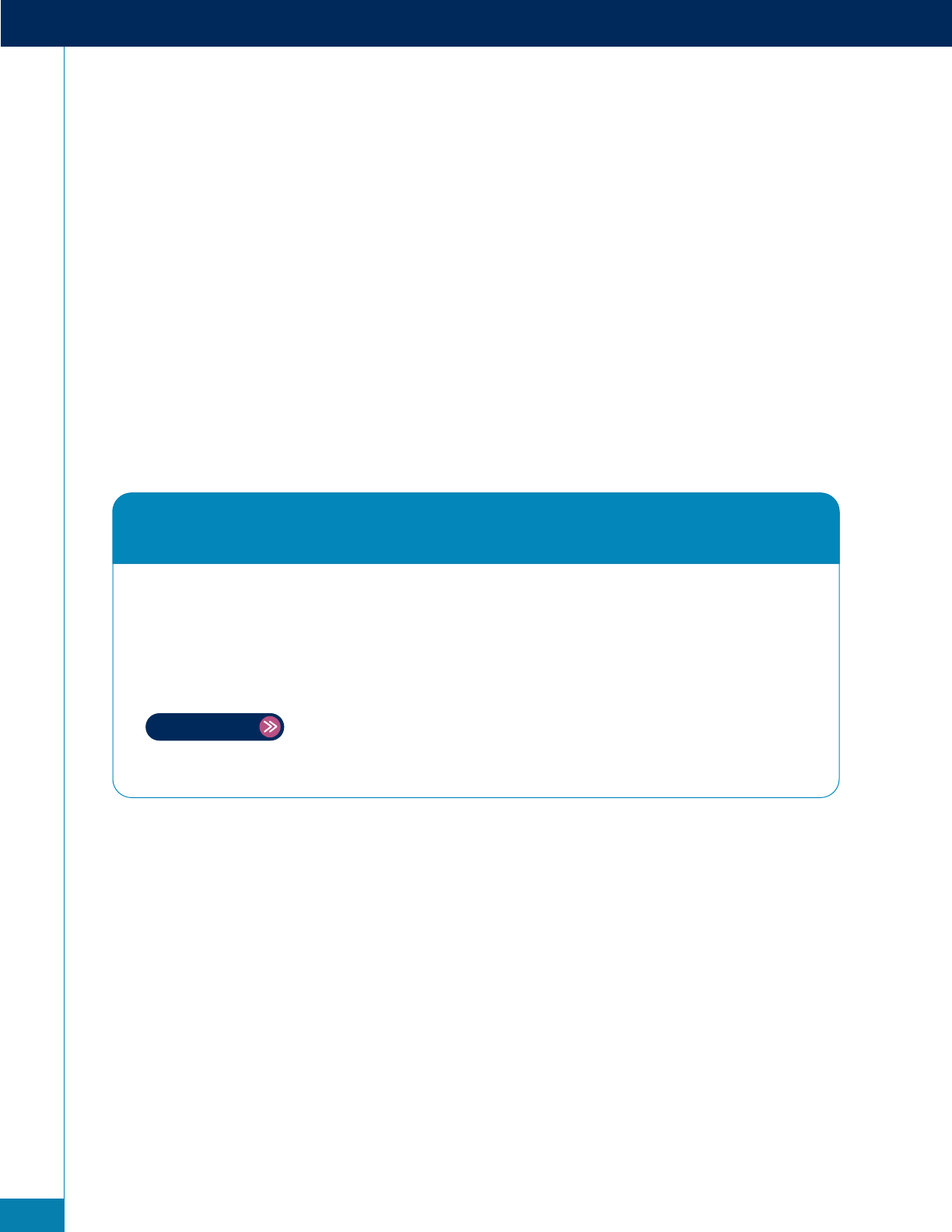
EN GUIDE TO MARKETING RESOURCES
20
GOVDELIVERY EMAILS
Social Security regularly sends public GovDelivery email communications that can provide information
for your newsletters, blogs, and social media posts. Use this information to repurpose current content
provided by the Ticket Program. Messages often include social media content that can be copied and
shared on your social media accounts. SSA encourages ENs to share messages, including those about
WISE webinars, or new success stories, by using the share feature at the bottom of the emails.
Please Note: ENs should not share GovDelivery messages with Ticketholders or other
non-EN organizations that contain information meant for service providers only.
TEXT MESSAGING
Social Security regularly sends information and resources about the Ticket Program via text. You can
text the word “TICKET” to 1-571-489-5292 to opt in to receive these text messages. Standard messaging
rates may apply, and you can opt out at any time.
LEARN MORE
Learn more using the Employment Network Guide to Marketing
Workbook.The Workbook is an interactive guide for putting the strategies
from the Employment Network Marketing Guide into action.
Just click the Instant Access button for a direct link to the
Employment Network Guide to Marketing Workbook.
Then download the Workbook to use anytime!
INSTANT ACCESS
